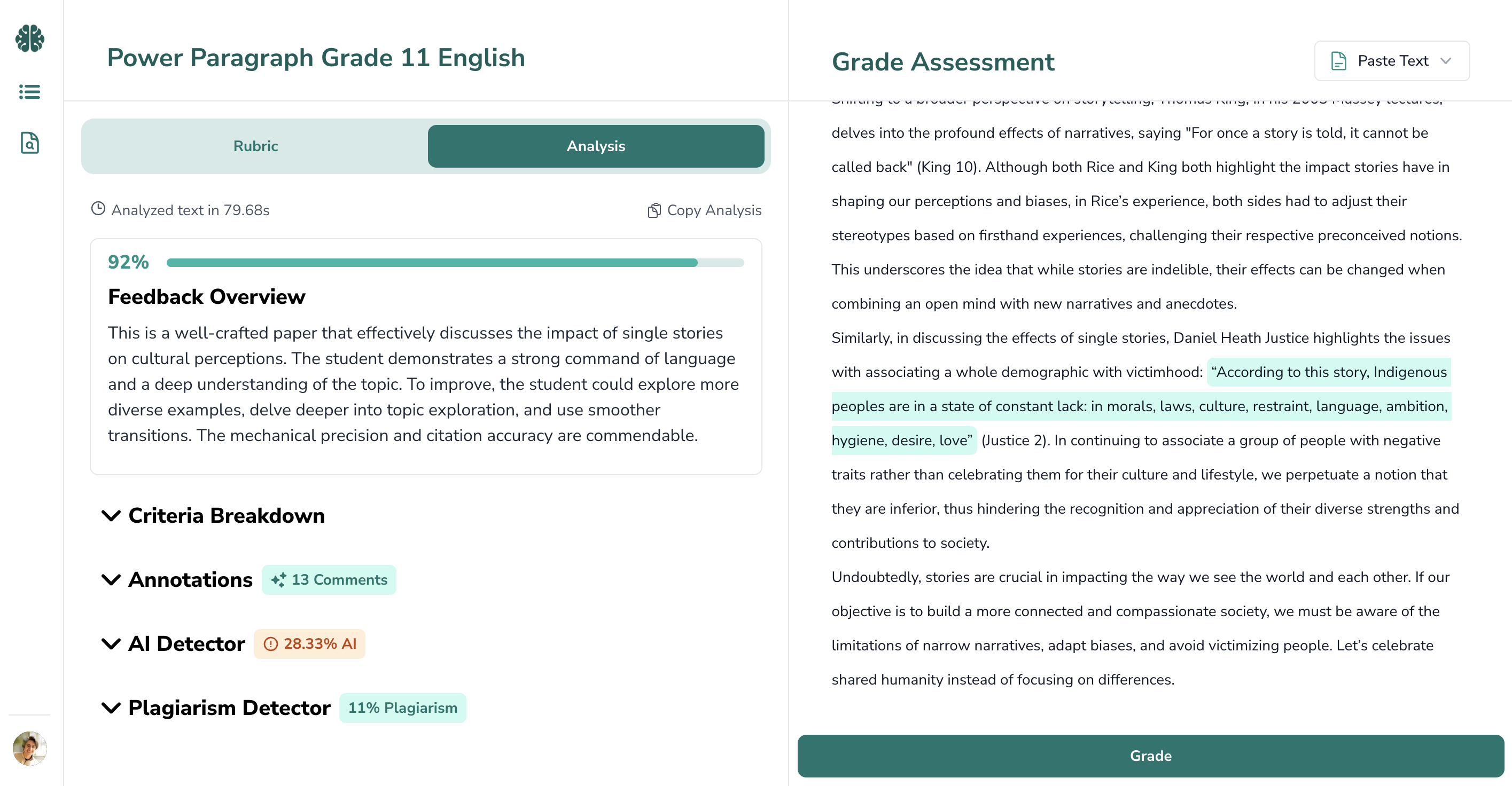Teaching
Plagiarism and AI Detection: What Every Teacher Needs to Know in 2024

Introduction
As a teacher, one of the most disheartening experiences is discovering that a student has submitted work that isn’t their own. With the rise of AI and easily accessible information, the landscape of plagiarism is changing. We’re not just dealing with traditional copying; we now face the challenge of AI-generated content that blurs the lines even further.
I’ve spent years navigating the complexities of academic integrity in my classroom, and I know I’m not alone in this struggle. So, let’s dive into what teachers need to know about plagiarism and AI detection in 2024, and how we can equip ourselves to handle these challenges effectively.
1. Understanding the New Face of Plagiarism
Plagiarism used to be straightforward: students copied from books, articles, or websites. Now, with the advent of AI writing tools, the definition of plagiarism is evolving. Students can generate text in seconds, and it can be difficult to discern whether the work is genuinely theirs or not. It’s crucial for us to understand this new landscape.
2. The Limitations of Traditional Plagiarism Checkers
For years, we’ve relied on traditional plagiarism checkers that simply scan for copied text. While these tools have their merits, they often fall short against AI-generated content. They might flag directly copied phrases but miss instances where students rephrase AI-generated text or use it as a base for their essays.
3. Emphasizing Academic Integrity in Your Classroom
One of the best defenses against plagiarism is fostering a culture of academic integrity among students. Regular discussions about the importance of originality and the value of their own voice can go a long way. Encourage students to see assignments as opportunities for learning rather than mere tasks to complete.
4. Educating Students About AI Tools
Many students are curious about AI and may experiment with these tools without understanding the implications. Take the time to educate your students about the ethical use of AI in writing. Discuss when it’s appropriate to use these tools and when it crosses the line into academic dishonesty.
5. Utilizing AI Detection Tools
The good news is that there are emerging AI detection tools designed to help educators spot AI-generated text. These tools can analyze writing patterns and flag content that seems unnatural or generated by algorithms. Integrating these tools into your grading process can provide an additional layer of security against dishonest submissions.

6. Implementing Unique Assignments
One effective way to combat plagiarism is to design assignments that are unique to your classroom. Tailor prompts to your specific teaching materials, or encourage students to draw on personal experiences. The more specific and individualized the assignment, the less likely they are to find suitable AI-generated content to submit.
7. Encouraging Peer Reviews
Incorporating peer review sessions can promote accountability among students. When students know they’ll be sharing their work with classmates, they may think twice before submitting work that isn’t theirs. Additionally, peer feedback can enhance learning and improve writing skills.
8. Spotting Red Flags in Student Writing
As teachers, we often develop an intuition for our students' writing styles. If a submission seems out of character for a student—whether it’s a sudden leap in sophistication or inconsistency in tone—this can be a red flag. Trust your instincts and don’t hesitate to ask questions or request revisions if something seems off.
9. Creating a Clear Policy on Plagiarism
Developing a transparent policy regarding plagiarism in your classroom is essential. Make sure students understand the consequences of submitting plagiarized work, whether it’s from a traditional source or AI. Clarity around your expectations can deter dishonest behavior.
10. Embracing the Role of Technology in Education
Ultimately, the goal isn’t to fight against technology, but to embrace it. As AI continues to evolve, we have to adapt our strategies for teaching and assessment. By integrating technology thoughtfully, we can enhance our teaching while maintaining academic integrity.
Final Thoughts
Navigating the challenges of plagiarism in the era of AI is no small task, but it’s one we must face head-on. By understanding the limitations of traditional tools, educating our students, and integrating new AI detection technologies, we can better uphold the standards of academic integrity in our classrooms.
As teachers, we have a responsibility to foster a culture of honesty and original thought. By adapting to the changing landscape, we can not only protect our students but also encourage them to embrace their unique voices in their writing. After all, true learning comes from the process, not just the final product.
If you’re looking for a powerful tool to assist with grading and plagiarism detection, consider exploring GradeAssist. With its AI-driven features, it can help you streamline the grading process while maintaining academic integrity.